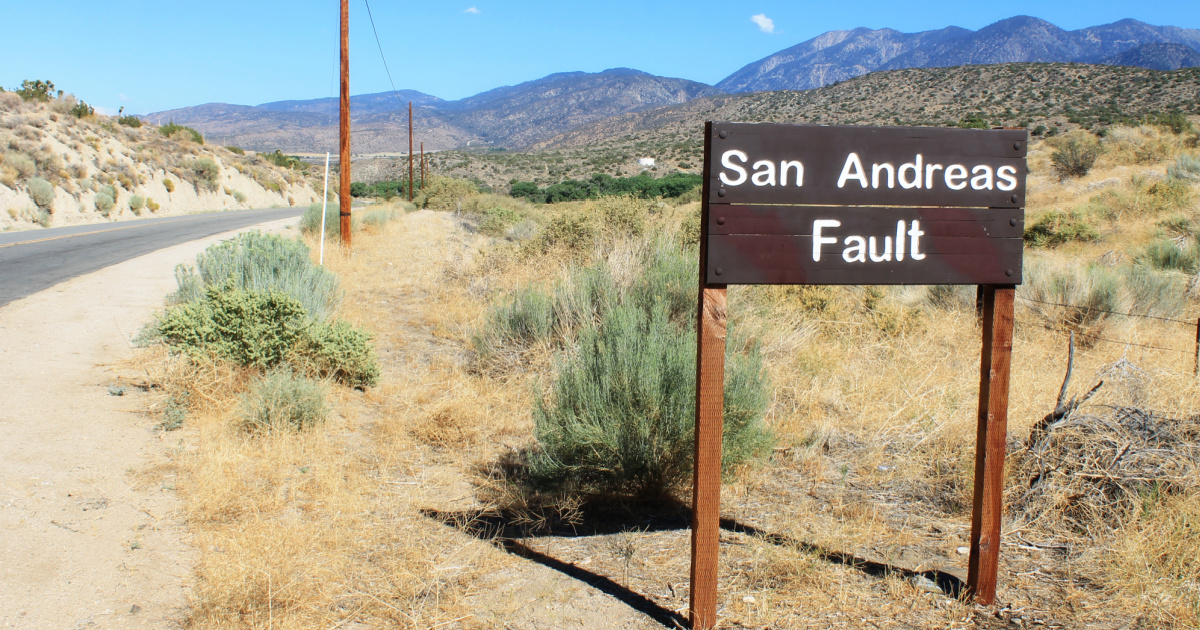
It’s no secret that natural disasters are really ramping up all over the world.
Fires, hurricanes, tornados, tsunamis, you name it.
Now, with part of the San Andreas fault waking up, experts say folks who live in the Western U.S. could be dealing with an increase in earthquake activity as well.
The San Andreas fault line’s seismic activity devastated San Francisco in 1906, and did a good amount of damage in southern California in 1857.
It’s been quiet lately, but a recent estimate by scientists says a major earthquake will likely hit the fault line within the next 50 years.
A new paper published in Frontiers in Earth Science agrees that the fault will destabilize sooner rather than later.
They think that analyzing the ensuing earthquake could provide the data we need to better understand – and possibly predict – seismic events in the future.
“An important seismological question is whether detectable preparatory phases exist and can be observed before major earthquakes. The next question would be whether the same preparatory phase is common to all mainshocks.”
The section of the fault in question is near the town of Parkfield, which is located in central California. There are only two dozen residence, but the fault just north of the town moves around 1.4 inches every year.
Parkfield remains in place. The U.S. Geological Survey (USGS), the fault near the town is a “transition zone.”
The fault in this area usually records an earthquake of around a magnitude 6 every 22 years, and the consistency is what scientists hope can help with our understanding.
The last quake, though, occurred 14 years earlier than “normal.”
“Some of the detailed findings are specific to the behavior of the San Andreas in the Parkfield region, many of the results are applicable to understanding of earthquake physics and effects for strike-slip earthquakes and transform fault settings worldwide.”
Luca Malagnini is the study’s lead author, and says the area is entering the end of its “quiet phase.”
“As an earthquake is building, stress creates cracks that affect permeability, and therefore the amount of high- and low-frequency waves. Six weeks prior to the earthquake, attenuation of high frequency waves fell, and a similar variation occurred in the region in 2021.”
Stay tuned for information and data that will hopefully come out of this next active period.
And here’s hoping they’re right that the effect on Parkfield’s residents will be minimal.
If you think that’s impressive, check out this story about a “goldmine” of lithium that was found in the U.S. that could completely change the EV battery game.